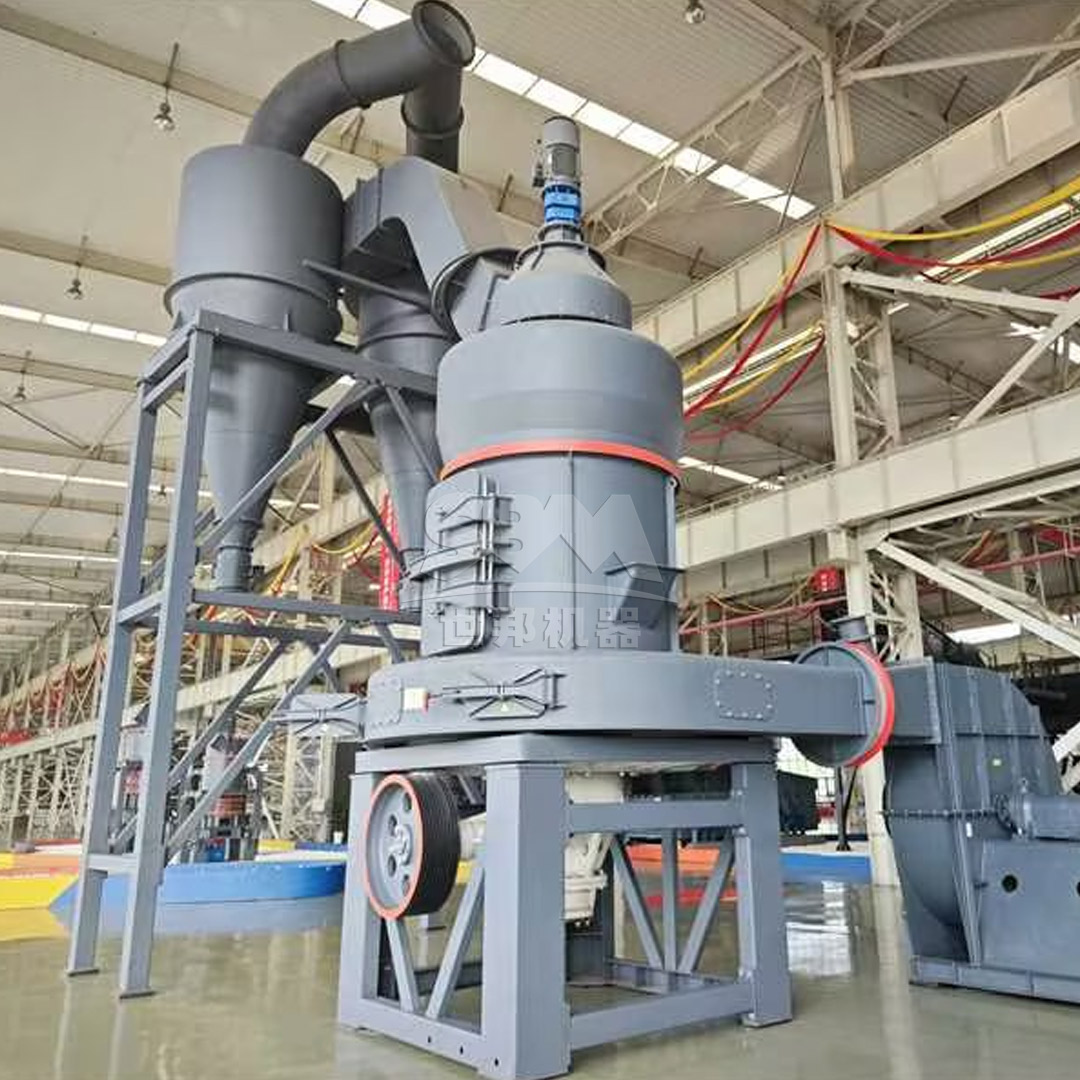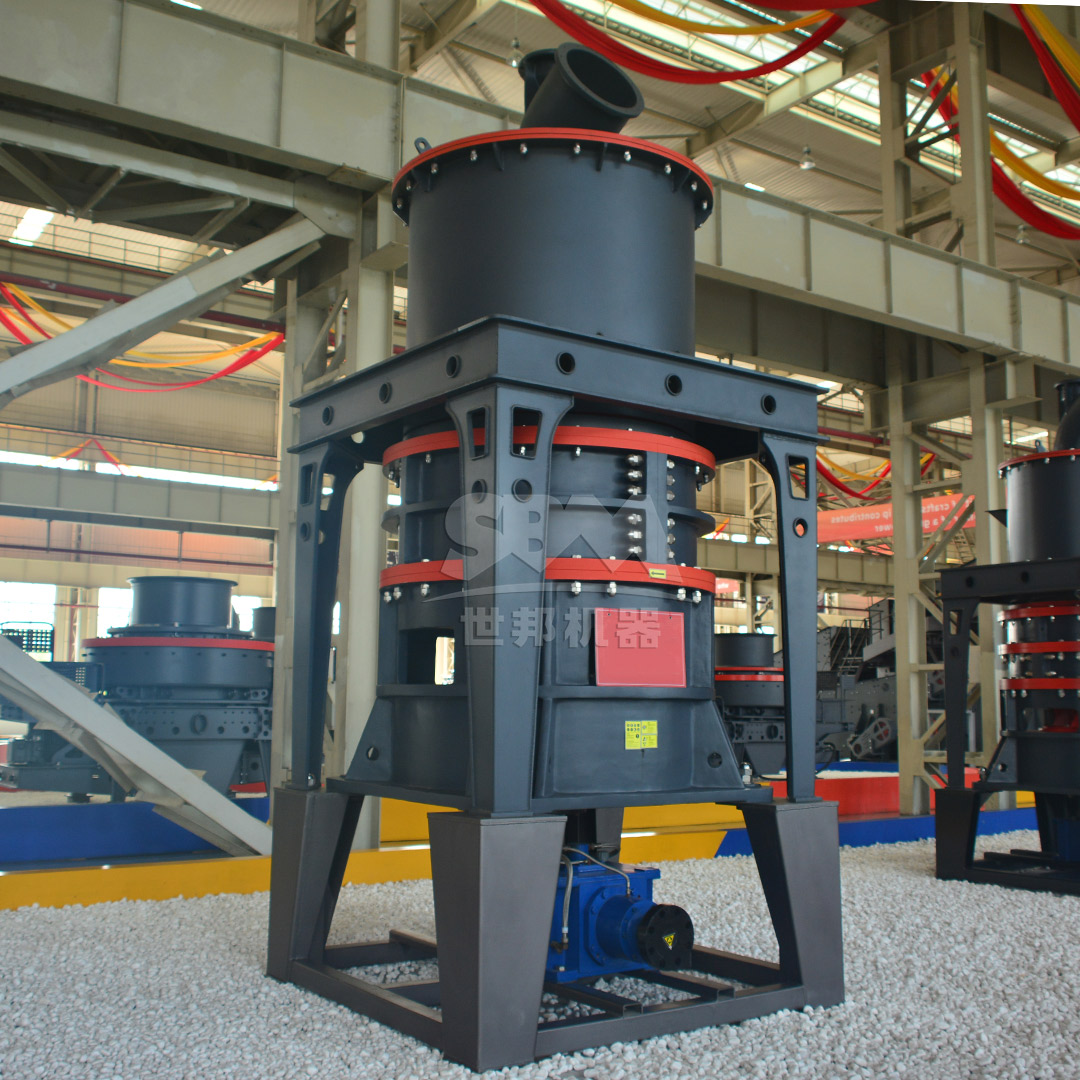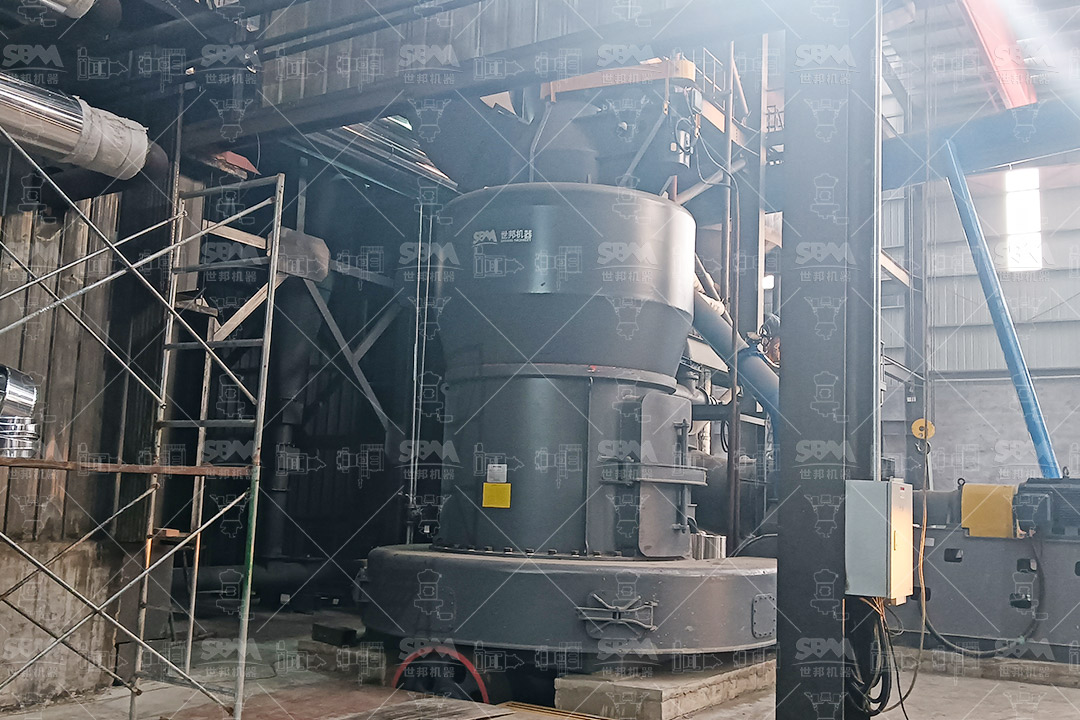The glass manufacturing industry relies heavily on the consistent quality and precise physical properties of its raw materials. Among these, calcite (calcium carbonate) serves as a fundamental component, acting as a stabilizer and flux to control the melting temperature, chemical durability, and overall workability of the glass batch. The performance of calcite in the furnace is intrinsically linked to its particle size distribution (PSD) and purity. Inconsistent or coarse calcite powder can lead to defective glass products, including seeds (small bubbles), stones (unmelted particles), and streaks, while also increasing energy consumption due to inefficient melting. Therefore, the selection of advanced grinding technology is not merely a processing step but a critical determinant of final product quality, production efficiency, and operational cost.
Modern high-quality glass production demands calcite powders with a tightly controlled fineness, typically ranging from 200 mesh (74μm) for some container glass to superfine grades of 600 mesh (23μm) or even finer for high-performance optical and electronic glass. Achieving this requires grinding mills that offer not only high precision in particle size classification but also exceptional energy efficiency, operational stability, and environmental compliance.

Grinding calcite to the exacting standards of the glass industry presents several distinct challenges that not all milling technologies can overcome effectively.
The presence of oversized particles (>45μm) is a primary concern. These particles melt slower than the surrounding silica matrix, leading to the formation of solid inclusions or “stones” in the final glass product. Conversely, excessive ultra-fines can cause material handling issues, such as dusting and agglomeration, and may alter the batch’s melting behavior. An ideal mill must, therefore, incorporate a highly accurate internal or external classifier to ensure a narrow PSD with a sharp top-cut, eliminating both oversize and excessive fines.
Glass, especially clear and high-transparency grades, is highly sensitive to metallic contamination. Iron oxide (Fe₂O₃) introduced from the wear of grinding components can impart an undesirable greenish tint to the glass and affect its transmission properties. Mills must be constructed with wear-resistant, non-metallic or specially treated metallic components in the grinding chamber to minimize iron pickup.
Communication is an energy-intensive process. Traditional grinding systems, like ball mills or Raymond mills, can be inefficient, leading to high operational costs. With rising energy prices and a global push for sustainability, glass manufacturers are increasingly seeking grinding solutions that offer higher throughput per unit of energy consumed.
Continuous glass production lines require consistent raw material supply. Unplanned maintenance shutdowns of the grinding circuit can disrupt the entire manufacturing process. Robust mill design with long-lasting wear parts and easy maintenance features is essential for maximizing uptime.
Several milling technologies are employed in the industry, each with its own advantages and limitations for calcite processing.
| Technology | Typical Output (D97) | Key Advantages | Limitations for Calcite |
|---|---|---|---|
| Ball Mill | 45 – 150μm | Robust, simple operation, wide availability | High energy consumption, broad PSD, iron contamination risk, high noise |
| Raymond Mill (Vertical Roller Mill) | 45 – 175μm | Good efficiency for coarse grinding, reliable | Limited fine grinding capability, metal-on-metal wear |
| Vertical Roller Mill (LM Series) | 45 – 600μm | High capacity, integrated drying, good energy efficiency | Can be less precise for very fine grades, higher capital cost |
| Ultrafine Mill (SCM Series) | 5 – 45μm | Exceptional fineness, narrow PSD, low contamination, high efficiency | Higher investment for ultrafine application |
As the table illustrates, while traditional technologies have their place, ultrafine grinding mills like the SCM series are uniquely positioned to meet the most demanding specifications for high-end glass manufacturing, offering a combination of fine control, purity, and efficiency that others cannot match.
For glass manufacturers aiming for the highest quality standards, the SCM Ultrafine Mill represents a technological leap forward. This mill is engineered specifically to produce consistently fine powders with minimal contamination, making it an exemplary choice for processing glass-grade calcite.

Based on typical production requirements for glass batch plants, we recommend the following models:
Both models accept feed material up to 20mm and deliver the consistent, iron-free fineness required for premium glass production.
For applications where the target fineness is in the coarser range (30-325 mesh), such as some types of fiberglass or container glass, the MTW European Trapezium Mill offers a robust and highly efficient solution. Its curved duct design minimizes air flow resistance and energy loss, while the geared transmission system ensures smooth, high-torque operation with 98% transmission efficiency. The wear-resistant volute structure and combined shovel blades are designed for longevity and reduced maintenance costs. Models like the MTW175G, with a capacity of 9.5-25 tons/hour, are perfectly scaled for supporting significant production lines where extreme ultrafineness is not the primary goal but reliability and efficiency are paramount.

The pursuit of excellence in glass manufacturing begins long before the batch enters the furnace. It starts with the meticulous preparation of raw materials, where the choice of grinding technology plays a pivotal role. Advanced mills like the SCM Ultrafine Mill are no longer just optional equipment but essential investments for manufacturers targeting the high-value glass market. By ensuring a consistent supply of high-purity, precisely graded calcite powder, these technologies directly contribute to reduced defect rates, lower energy consumption in melting, enhanced product quality, and improved overall profitability. As the industry continues to evolve towards more sophisticated products and sustainable practices, partnering with grinding technology providers that offer cutting-edge, reliable, and efficient solutions will be a key differentiator for successful glass producers worldwide.